Discover Aesthetic Solutions
Learn about and compare a wide range of options to make an informed choice about your body
Unlock Your Best Self with Advanced Body Skin Solutions
Welcome to your dedicated resource for all body skin solutions. Our expert treatments are crafted to enhance and rejuvenate the skin across your entire body, addressing concerns such as dryness, uneven tone, elasticity, and visible signs of aging. Whether you're exploring options like deep moisturizing therapies, exfoliating body scrubs, or advanced laser treatments for pigmentation and scars, our services are designed to meet your unique skin needs. Click on each solution to access detailed information, including profiles of skincare specialists and before and after images. Join our beauty community to share ideas and experiences, and pose questions about body skin care. With our focused and caring approach, you can achieve smooth, radiant, and healthy skin that feels as good as it looks. Trust us to guide you through your personalized skincare journey with professionalism and expertise.
33 Solutions
Most Popular Solutions
- Most Popular Solutions
- Most Providers
- Most Active Discussions

Mesotherapy is a hair and skin rejuvenation technique that involves micro-injections of vitamins, enzymes, antioxidants, and plant extracts to revitalize hair and skin and remove excess fat. Mesotherapy makes use of very fine needles to deliver the injections into the mesoderm which is the middle layer of the skin. Mesotherapy nourishes and adds hydration to the skin which improves its health and corrects underlying issues damaging the skin such as poor circulation, dehydration, or inflammation.
B & A photos
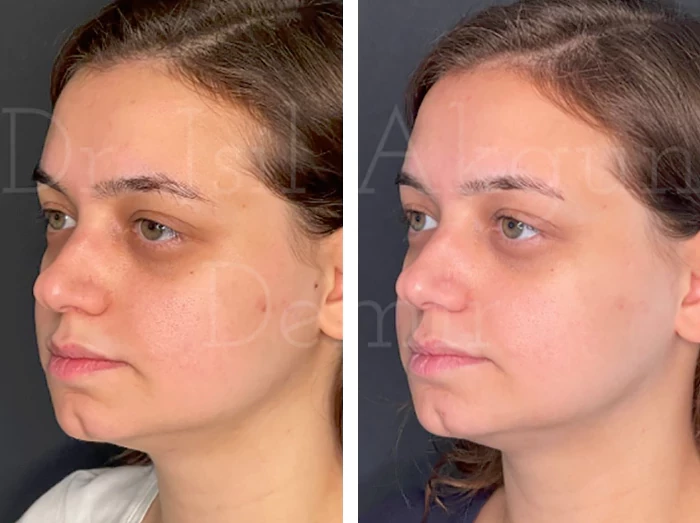




Platelet-Rich Plasma (PRP) Injection is a cosmetic procedure that uses the patient’s own blood to stimulate hair growth, accelerate healing, and rejuvenate the skin. This method is used to treat thinning hair, wrinkles, dark circles under the eyes, sun damage, etc. Facial PRP injection usually brings immediate results in the skin texture, freshness, and tone giving the patient a younger look. PRP could also help treat and prevent hair loss as it promotes new hair growth.
B & A photos
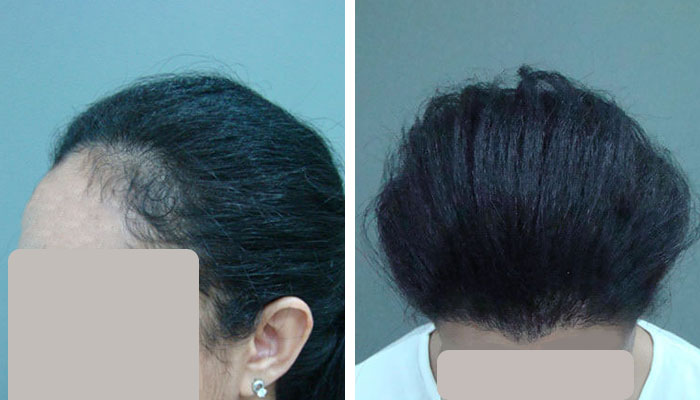
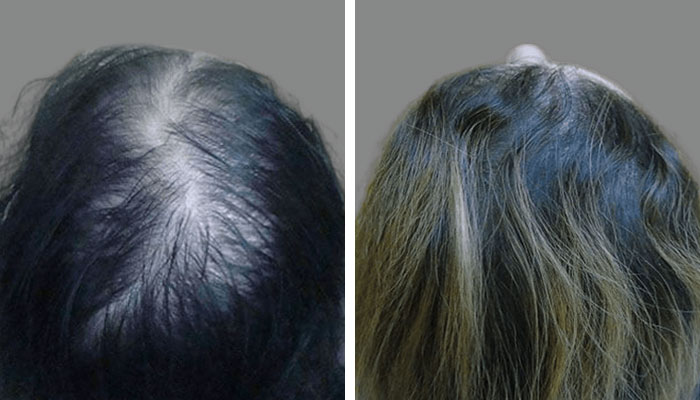
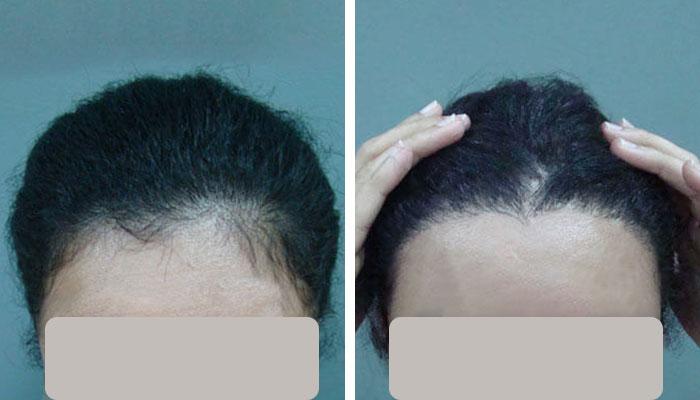


Botox injection is a popular rejuvenating procedure that involves the injection of botulinum toxin to temporarily paralyze and relax muscles, commonly done on the face to treat facial lines and wrinkles, gummy smiles, etc. Compared to other injectables, Botox can be used to remove a wider variety of wrinkles and aging signs in different areas of the face, treating both large and fine lines. Botox effects usually last about 3 to 4 months. So, to maintain the desired result, treatment should be repeated every 4 months on average. However, as your muscles can be trained to contract less, the effects may last longer over time.
B & A photos
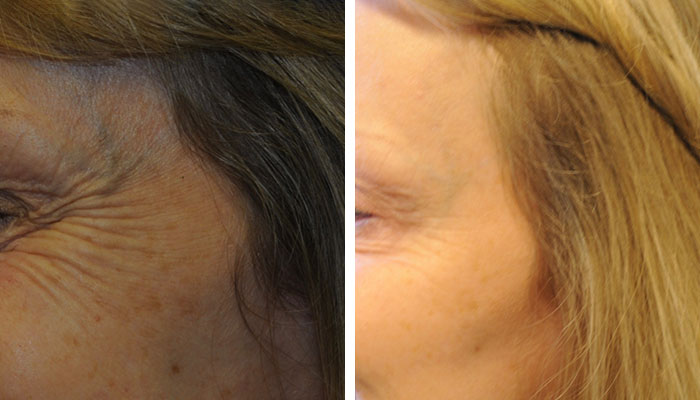
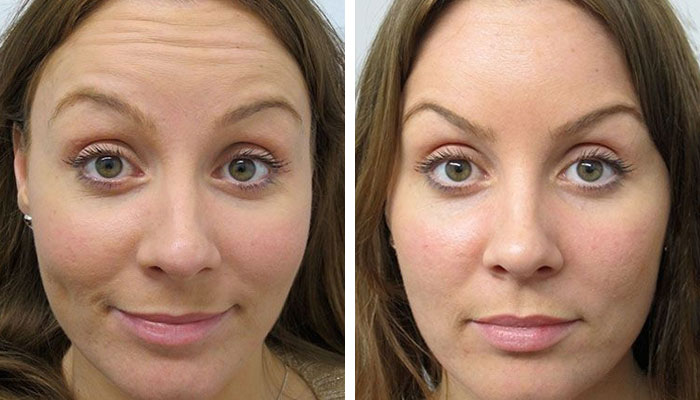
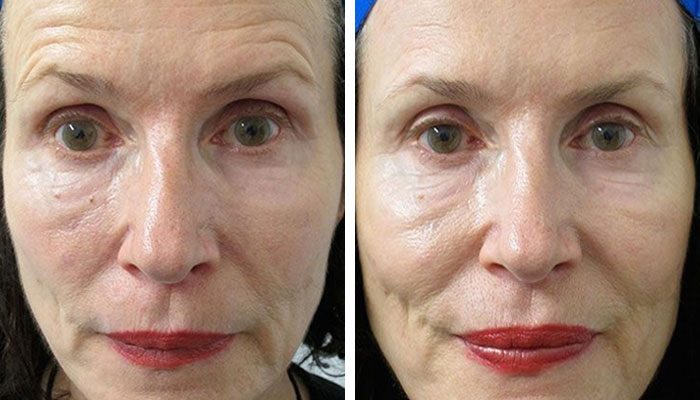
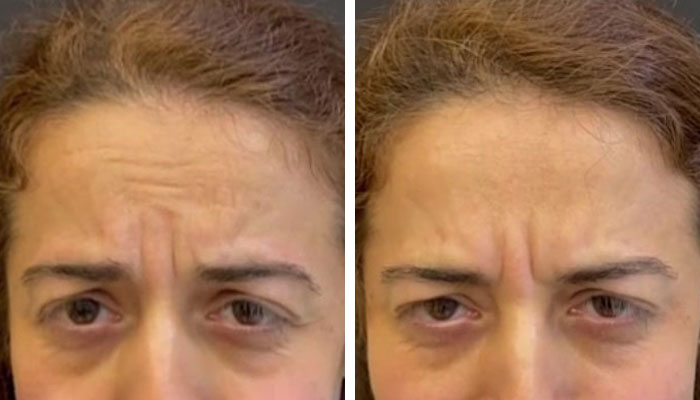

Microneedling is a minimally-invasive skin rejuvenation procedure in which the skin is pricked with tiny needles to trigger a natural healing response, leading to the production of more collagen and elastin, which in turn will improve the overall appearance of the skin. Microneedling can be performed on the face or other parts of the body affected by aging signs such as lines, wrinkles, and sagging skin or other skin conditions such as acne scars or hyperpigmentation. Many people start to see the initial results of a microneedling treatment within a week. The results usually last 3 to 5 months. You may need more than one session depending on the severity of the issue you want to address.

A chemical peel is a cosmetic skin procedure in which a chemical solution is applied to the skin to peel the damaged outer layers and stimulate the growth of new skin that is more youthful, brighter, and smoother. Considering the level of penetration, there are three types of chemical peels; light, mild, and deep. The durability of the results depends on the type of peel, among which deep peel is almost permanent but is quite rare. A light peel is the most common one and usually, 3 to 6 treatment sessions with 1-2 months intervals are needed for best results. Results last 1-2 months in the beginning but may last up to 6 months after repeated sessions.
B & A photos
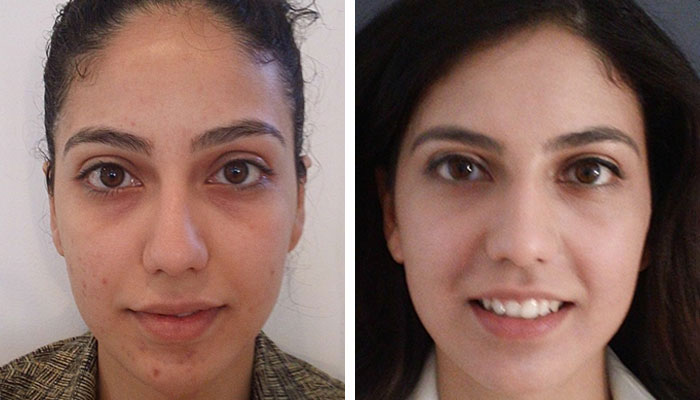
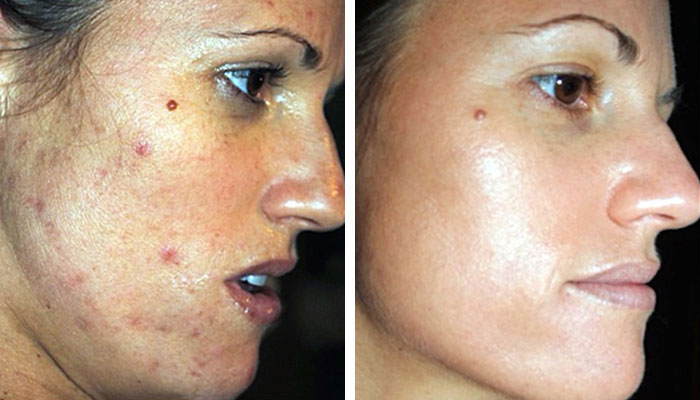
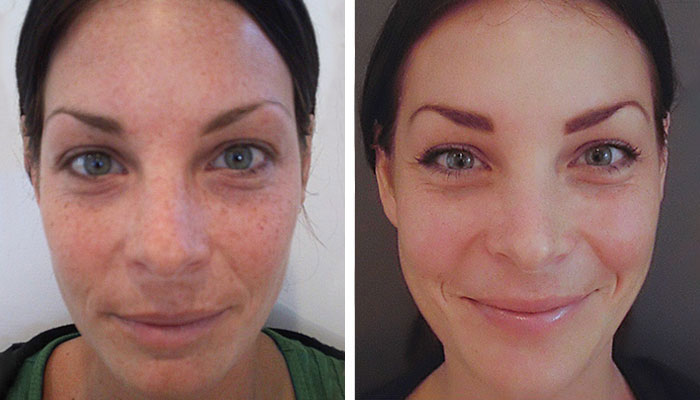


Dermabrasion is an invasive skincare procedure in which the damaged top layers of the skin are scraped away, usually using a device with a rough rotating tip. This causes the skin to repair itself by producing more collagen, revealing new layers that are smoother and healthier. Dermabrasion is used to treat a variety of skin problems such as scars, acne scars, wrinkles, pigmentation issues, uneven skin texture, etc. The procedure is followed by a few days of downtime and the final results appear in around 3 months.

Laser resurfacing is a procedure using ablative or non-ablative lasers to improve the appearance and texture of the skin, used to treat age spots, acne scars, fine lines and wrinkles, crow’s feet, sagging skin, uneven skin tone, warts, etc. Ablative lasers resurface the skin by removing the top layer, while non-ablative lasers cause vascular lesions to shrink away and stimulate collagen production. The number of required sessions depends on the severity of the concern. You may achieve the desired result in a single session without having to repeat the procedure for years. Yet, more severe issues may need several monthly or yearly sessions.

Tattoo removal surgery is a procedure aimed at removing an unwanted tattoo, performed by cutting out the tissue that contains the tattoo and stitching the surrounding skin back together. Surgical tattoo removal is usually done under local anesthesia. As the area with the tattoo is completely removed in this method, the result is immediate and effective without having to undergo several treatment sessions (compared to other removal techniques). However, surgical tattoo removal leaves a scar on the body and is mostly used for small tattoos only.

Laser tattoo removal is the most common method to remove unwanted tattoos. It’s done by targeting the ink particles under the skin with highly concentrated light waves to break them down into smaller pieces, making it easier for the body to remove them. Tattoos containing several colors may need to be treated by various lasers and different wavelengths. Unlike surgical removal, this procedure does not completely remove the tattoo but makes it significantly lighter and less noticeable. However, several sessions are required to achieve the best results. You’ll usually need 6 to 8 treatment sessions with intervals of 6-8 weeks.

Tissue expansion is a procedure in which an implant called a tissue expander is placed under the skin and gradually filled and enlarged to make the body grow additional skin to be used in reconstructive surgeries like breast reconstruction and reconstructive burn surgery. Using expanded skin instead of a skin flap or graft usually promises better results both concerning the treatment outcome and aesthetic aspects. It’s also less likely to cause side effects. However, it’s a long process, taking up to 3-4 months with weekly visits. And since skin health is a requirement for tissue expansion, it may not be applicable for severely damaged areas.

Carboxytherapy is a non-surgical procedure involving the injection of carbon dioxide under the skin using tiny needles to improve blood circulation and kill fat cells, aimed at treating cellulite, stretch marks, dark circles under the eyes, etc. Carboxytherapy usually requires 7 to 10 weekly sessions to provide effective results. You may then need twice-yearly maintenance sessions since the results last about 5 to 6 months, on average.

Dermal filler injection is a non-surgical procedure involving the injection of gel-like substances under the skin to smooth out wrinkles and creases, enhance the volume, and improve the contours of the recipient area. Dermal fillers can also help with removing acne scars and restoring facial fat in people with HIV. Except for polymethylmethacrylate (PMMA), other FDA-approved types of fillers (Like Hyaluronic acid, Calcium hydroxylapatite, and Poly-L-lactic acid) are all absorbable by the body which renders their effects temporary, usually lasting from 6 to 18 months. Treatment with PMMA may last up to 5 years.
B & A photos
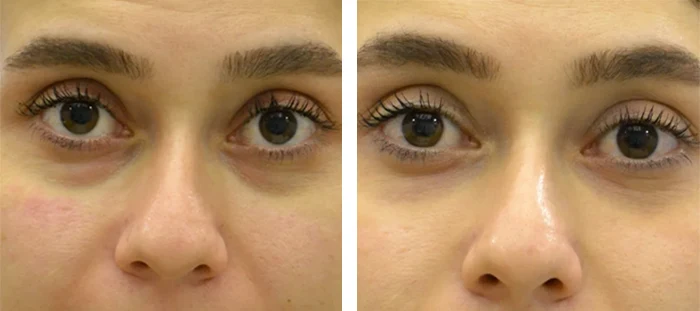
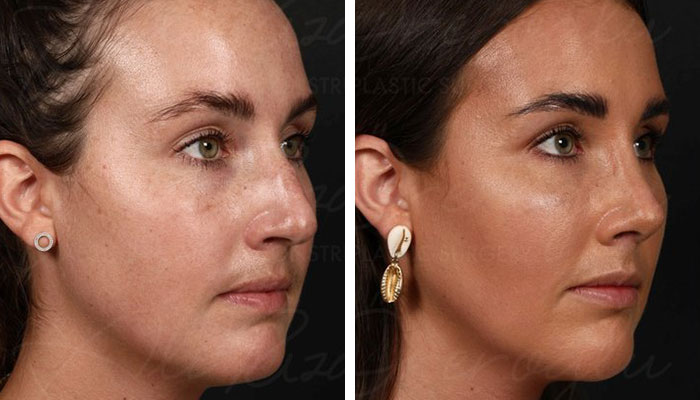
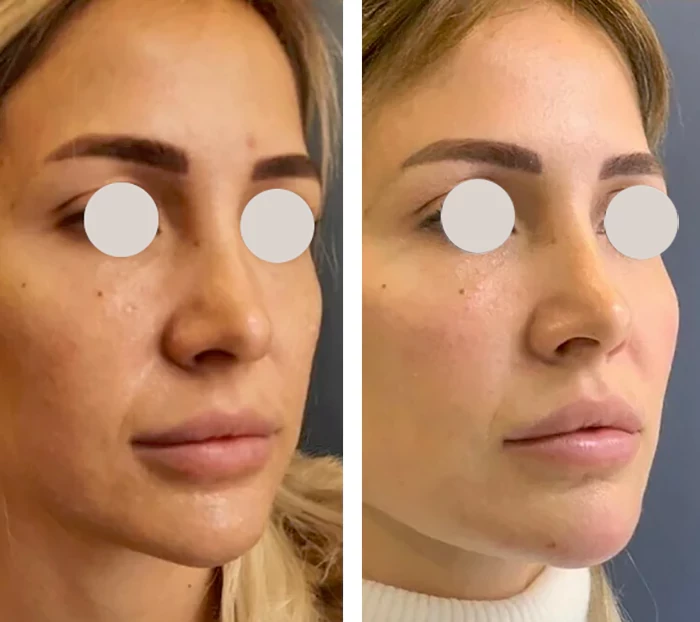
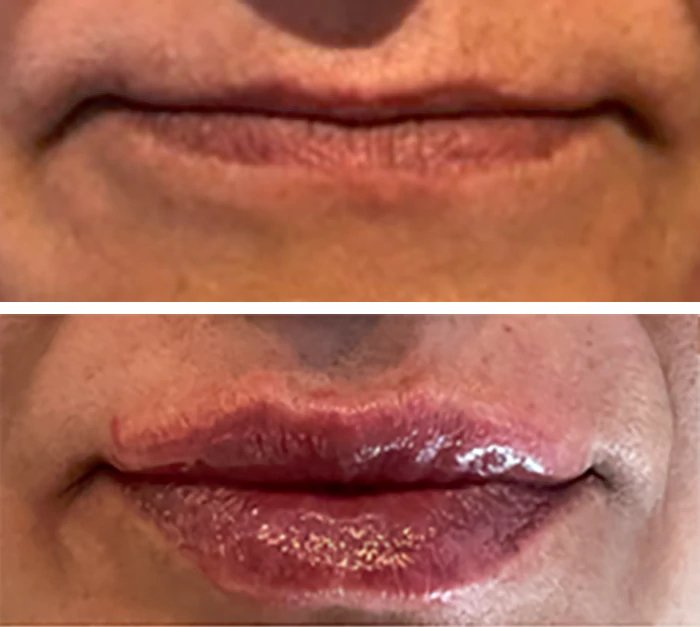

Liposuction, commonly referred to as ‘lipo’, is a body-contouring procedure used to remove unwanted fat deposits from the body. This highly popular cosmetic procedure is based on a suction technique to help you get rid of stubborn fat in different areas such as the abdomen, hips, thighs, flanks, arms, and any other area where you have excess fat that you are unable to burn through exercise and diet.
B & A photos
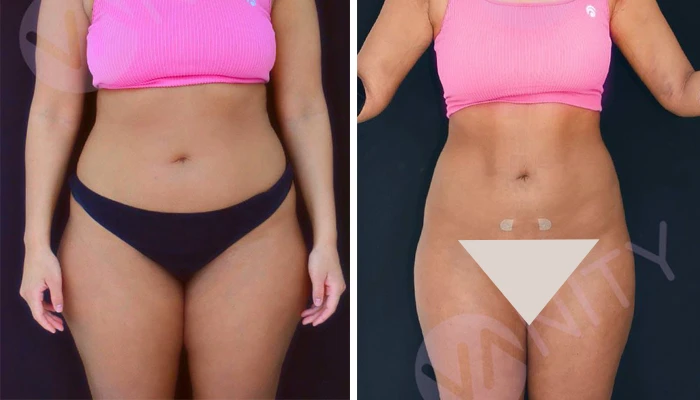
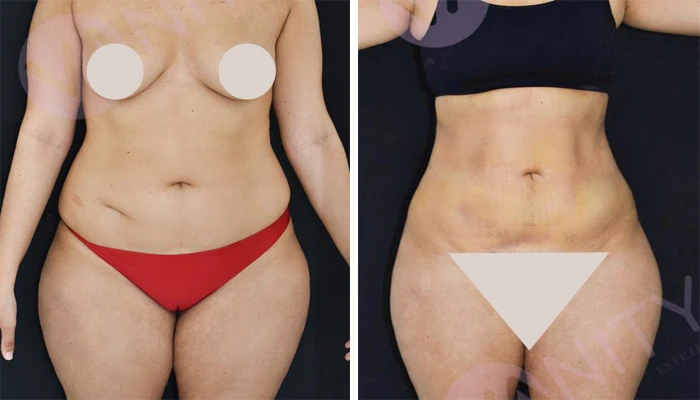
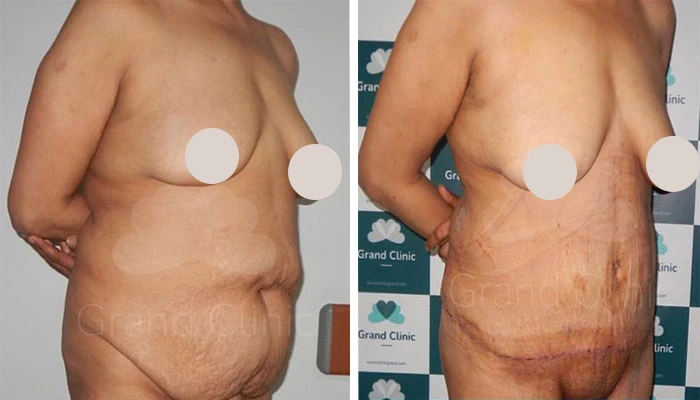
Explict Content
View anyway

Lipoma removal surgery is a minor procedure to remove benign lumps under the skin caused by an overgrowth of fat cells, known as lipomas. Lipomas can occur in any part of the body where fat is present. While the underlying reason is not fully understood, genetic factors seem to be playing an important role as lipomas usually run in families. Most removal surgeries are conducted under local anesthesia. However, if you have a very large lipoma or if it is located in a sensitive area, you may need to receive sedation during the procedure. Treated lipomas usually won’t grow back, but you may grow another one in a different area of your body.

Birthmark removal is a procedure to remove a colored mark present at birth or developed shortly after birth, known as a birthmark. Birthmark removal techniques include surgical removal or shaving of the mark, laser therapy, and using medicines to shrink the marks. While birthmarks present on any part of the body could be removed, people often consider having facial ones treated as they’re more visible and affect their appearance. Most birthmarks can be removed permanently, but some types are likely to grow back and may need to be treated again after months or years.

Scar revision refers to a range of procedures to remove or reduce the appearance of scars on the body and make them blend with the surrounding skin tone and texture. Scar revision treatments could be also corrective to improve an itchy scar or restore the proper function of the body. Depending on the scar type, different revision techniques could be used. Keloid scars can be treated using steroid injection followed by surgical removal if needed. Hypertrophic scars may heal on their own or through steroid application. Contracture scars, often resulting from burns, could be treated using skin grafting, flap surgery, or Z-plasty.

Sclerotherapy is a procedure in which a solution is injected into blood vessels to make them shrink, performed to treat blood vessel malformations such as varicose or spider veins. The treated veins usually fade in a few weeks but sometimes it takes a month for the results to show up. The related symptoms such as aching, swelling, or bruising could also be improved. Depending on the severity of the condition, several treatment sessions may be needed. While the result of the sclerotherapy is permanent and the treated veins fade away, it does not prevent the development of new varicose or spider veins over time.

Photorejuvenation is a non-invasive cosmetic procedure that uses light-based technology to improve skin tone, texture, and appearance. This treatment targets various skin concerns such as sun damage, age spots, freckles, redness, and uneven pigmentation by delivering pulses of light energy into the skin. Photorejuvenation stimulates collagen production, reduces signs of aging, and promotes skin regeneration, resulting in smoother, clearer, and more youthful-looking skin. It is a popular option for enhancing overall skin health and appearance without surgery or downtime.

Mole Removal Surgery
Mole removal is a procedure to remove a mole with different techniques, including cutting out the mole surgically (for large moles) or using a laser (for small moles). While moles are often harmless, many people may opt for removing them as they affect their appearance or may cause a feeling of discomfort when rubbed against clothes. Mole removal is intended to be permanent and a completely removed mole won’t grow back. However, if a few cells can run away from the removal and remain in the area, they can grow into a mole again.
B & A photos


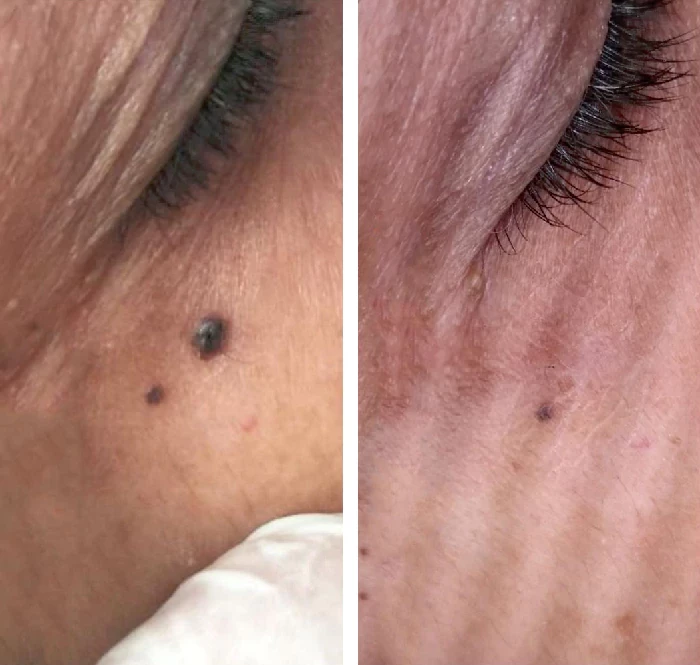
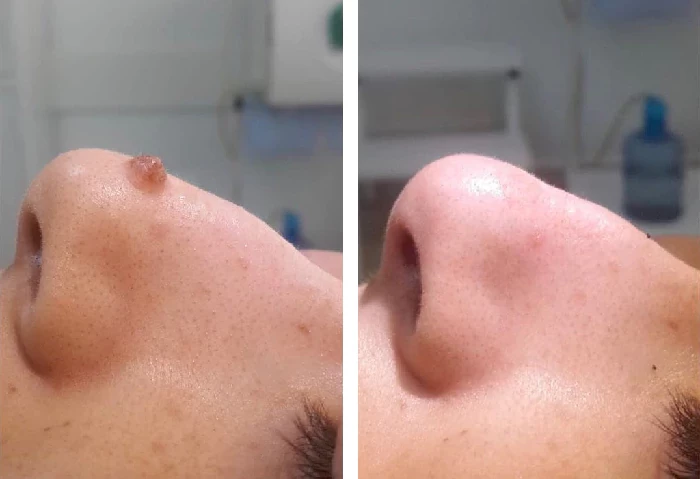

LED Light therapy is a skin rejuvenation procedure in which varying wavelengths of Light Emitting Diode (LED) are applied to the skin to treat acne, wrinkles, dark spots, etc. LED light therapy is considered very safe as it doesn't contain UV rays and doesn’t cause burns. Usually, blue and red lights are used in LED light therapy, however, yellow and green lights may also be used. Each light penetrates a different depth which is more effective for a particular issue. Depending on the skin condition you want to address, a different number of treatments may be required, often about 10 weekly sessions. The results will last about 6 months to a year.
